Eye of the Galaxy

esahubble_potw2211a March 14th, 2022
Credit: ESA/Hubble & NASA, D. Sand, K. Sheth
This finely detailed image shows the heart of NGC 1097, a barred spiral galaxy that lies about 48 million light-years from Earth in the constellation Fornax. This picture reveals the intricacy of the web of stars and dust at NGC 1097’s centre, with the long tendrils of dust picked out in a dark red hue. The extent to which the galaxy’s structure is revealed is thanks to two instruments on the NASA/ESA Hubble Space Telescope: the Wide Field Camera 3 (WFC3) and the Advanced Camera for Surveys (ACS). The idea that a single image can be taken using two different cameras is not very intuitive. However, it makes far more sense after delving into how beautiful astronomical images like this one are composed. A helpful starting point is to consider what colour is, exactly. Our eyes can detect light waves at optical wavelengths between roughly 380 and 750 nanometres, using three types of receptors, each of which is sensitive to just a slice of that range. Our brain interprets these specific wavelengths as colours. By contrast, a telescope camera like the WFC3 or ACS is sensitive to a single, broad range of wavelengths to maximise the amount of light collected. Raw images from telescopes are always in greyscale, only showing the amount of the light captured across all those wavelengths. Colour images from telescopes are indirectly possible, however, with the help of filters. By sliding a filter over the aperture of an instrument like the WFC3 or ACS, only light from a very specific wavelength range is let through — one such filter used in this image is for green light around 555 nanometres. This yields a greyscale image showing only the amount of light with that wavelength. This multicolour image of NGC 1097 is composed of images using seven different filters in total.
Provider: Hubble Space Telescope | ESA
Image Source: https://esahubble.org/images/potw2211a/
Curator: ESA/Hubble, Baltimore, MD, United States
Image Use Policy: Creative Commons Attribution 4.0 International License
 Color Mapping
Color Mapping
| Telescope | Spectral Band | Wavelength | |
|---|---|---|---|

|
Hubble (WFC3) | Optical (H-alpha + N II) | 657.0 nm |

|
Hubble (WFC3) | Optical (I) | 814.0 nm |

|
Hubble (ACS) | Optical (I) | 814.0 nm |

|
Hubble (WFC3) | Optical (V) | 555.0 nm |

|
Hubble (WFC3) | Optical (Strömgren y) | 547.0 nm |

|
Hubble (WFC3) | Optical (B) | 438.0 nm |

|
Hubble (WFC3) | Ultraviolet (UV) | 275.0 nm |

|
Hubble (WFC3) | Optical (u) | 336.0 nm |










- ID
- potw2211a
- Subject Category
- E.5.1.1
- Subject Name
- NGC 1097
- Credits
- ESA/Hubble & NASA, D. Sand, K. Sheth
- Release Date
- 2022-03-14T06:00:00
- Lightyears
- Redshift
- Reference Url
- https://esahubble.org/images/potw2211a/
- Type
- Observation
- Image Quality
- Distance Notes
- Facility
- Hubble Space Telescope, Hubble Space Telescope, Hubble Space Telescope, Hubble Space Telescope, Hubble Space Telescope, Hubble Space Telescope, Hubble Space Telescope, Hubble Space Telescope
- Instrument
- WFC3, WFC3, ACS, WFC3, WFC3, WFC3, WFC3, WFC3
- Color Assignment
- Red, Orange, Orange, Green, Cyan, Blue, Purple, Purple
- Band
- Optical, Optical, Optical, Optical, Optical, Optical, Ultraviolet, Optical
- Bandpass
- H-alpha + N II, I, I, V, Strömgren y, B, UV, u
- Central Wavelength
- 657, 814, 814, 555, 547, 438, 275, 336
- Start Time
- Integration Time
- Dataset ID
- None, None, None, None, None, None, None, None
- Notes
- Coordinate Frame
- ICRS
- Equinox
- J2000
- Reference Value
- 41.58203193005074, -30.28150031808454
- Reference Dimension
- 7418.0, 3943.0
- Reference Pixel
- 3709.0, 1971.5
- Scale
- -1.1014681906627662e-05, 1.1014681906627662e-05
- Rotation
- -48.740000000000208
- Coordinate System Projection:
- TAN
- Quality
- Full
- FITS Header
- Notes
- Creator (Curator)
- ESA/Hubble
- URL
- https://esahubble.org
- Name
- Telephone
- Address
- ESA Office, Space Telescope Science Institute, 3700 San Martin Dr
- City
- Baltimore
- State/Province
- MD
- Postal Code
- 21218
- Country
- United States
- Rights
- Creative Commons Attribution 4.0 International License
- Publisher
- ESA/Hubble
- Publisher ID
- esahubble
- Resource ID
- potw2211a
- Resource URL
- http://esahubble.org/media/archives/images/original/potw2211a.tif
- Related Resources
- Metadata Date
- 2022-03-01T17:15:13+01:00
- Metadata Version
- 1.1
Detailed color mapping information coming soon...






